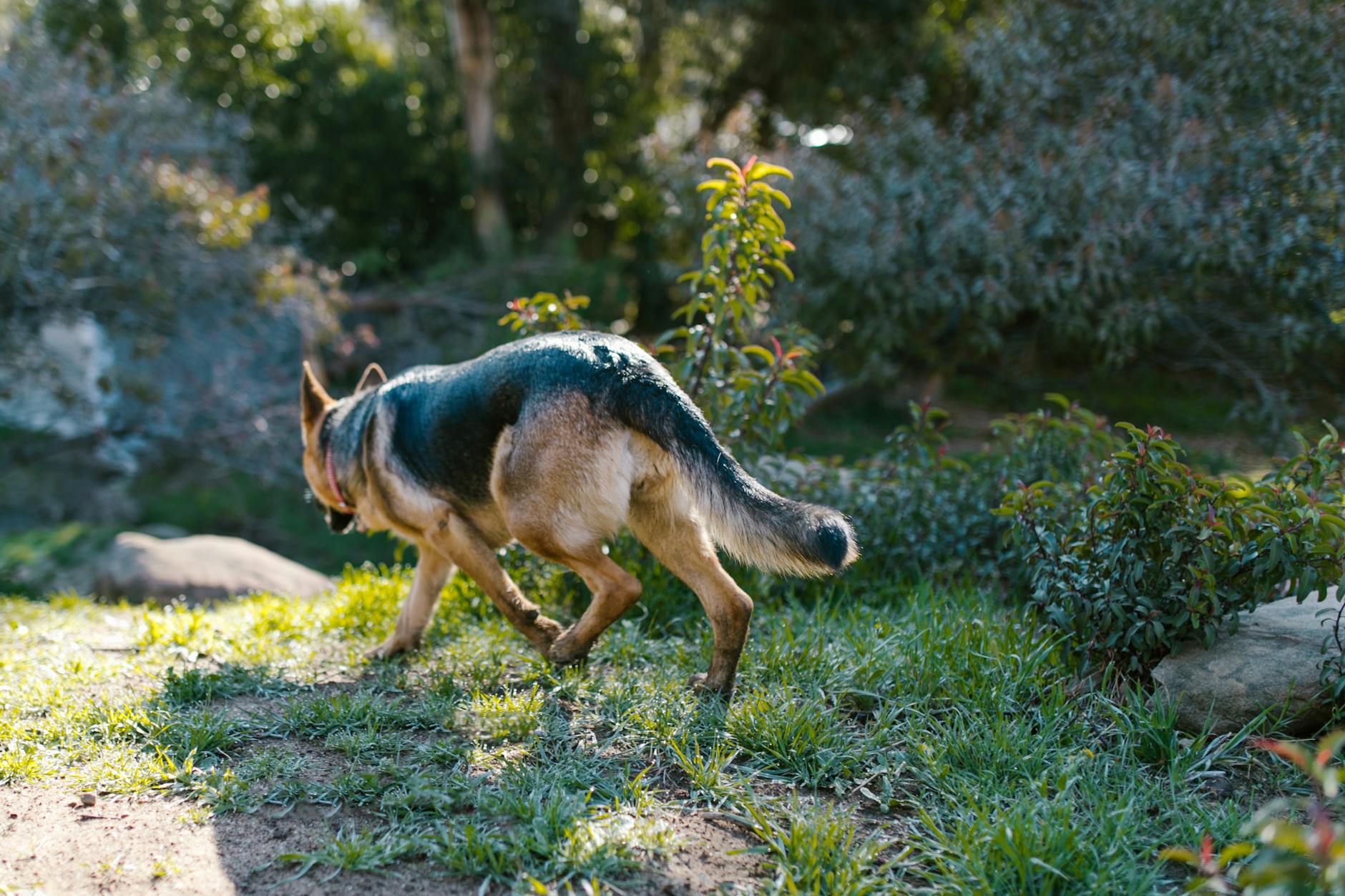Pro Tips for Coastal Dog Training Success

Training a dog in a coastal environment can pose unique challenges due to the distractions of the waves, the sand, and the myriad of smells and sounds that are part and parcel of the beach setting. Nonetheless, the coast can be an excellent place to train your dog, offering a plethora of stimulations that can enhance learning if approached correctly. Here, we'll explore some expert techniques for achieving success in training your dog by the coast to ensure a good bond and effective learning.
Establishing a Strong Foundation
Before taking your training sessions to the coastal environment, it's critical to have a solid foundation of basic obedience in a less distracting environment. Your dog should reliably respond to commands such as sit, stay, come, and leave. Once these are in place, you can begin to introduce the coastal setting gradually.
Focus on Recall
A reliable recall is perhaps the most crucial skill for a dog to master in any environment, but especially so at the beach, where potential hazards exist.
-
Start with a Long Line: Begin with your dog on a long line to maintain control while still giving them a sense of freedom.
-
Use High-Value Treats: Make coming back to you more appealing than any beach distraction by using special treats.
-
Practice in Short Spurts: Keep recall training sessions short and sweet for maximum effectiveness.
Dealing with Distractions
The beach is full of exciting distractions. To maintain focus, you'll need to teach your dog to listen, despite these temptations.
-
Gradual Introduction: Slowly introduce your dog to new distractions, starting from a distance and working your way closer.
-
Distraction as Reward: Use the environment to your advantage by allowing your dog to play in the water or with the sand after following a command.
-
Stay Consistent: Consistency is key. Be sure to use the same commands and reward system every time.
Adapting to the Environment
Each coastal area has its own unique environment and potential dangers, like jellyfish, sharp shells, or strong currents.
-
Safety First: Always check the environment for hazards before beginning your training session.
-
Adapt Commands: Customize commands based on the surroundings—for example, 'watch the wave' for incoming water.
-
Environmental Awareness: Teach your dog to be aware of their environment, which can help prevent them from running into dangerous situations.
Encouraging Socialization
The beach is a social place, and your dog needs to be well-behaved around both humans and other dogs.
-
Controlled Greetings: Practice controlled greetings, asking your dog to sit before saying hello to a person or another dog.
-
Use a Muzzle if Necessary: If your dog is reactive, a muzzle can be a safe way to introduce them to crowded environments while training.
Bonding Through Play
Training should always be fun for your dog. Incorporating play into the training process can strengthen the bond between you and your pet.
-
Fetch with a Twist: Use toys to teach your dog to follow commands during play, such as bringing the toy back or dropping it on command.
-
Find the Treat: Hide treats in the sand and encourage your dog to find them using their sense of smell.
Conclusion
Training your dog on the coast can be an incredibly rewarding experience. Not only does it provide an enriching environment for your dog, but it also strengthens your bond as you tackle new challenges together. Just remember that patience, consistency, and safety are paramount. With these pro tips in mind, you're well on your way to coastal dog training success. Join now and start the journey of transforming beach days into a shared adventure full of learning and joy for you and your furry friend!